Introduction
Synthetic Intelligence vs Artificial Intelligence: What’s the Difference – Artificial Intelligence (AI) has become a household name—used in smartphones, finance, healthcare, and even social media. But in recent years, a more advanced concept has emerged: synthetic intelligence.
Although many confuse the two, synthetic intelligence and artificial intelligence are not the same. While AI is about imitating human intelligence, synthetic artificial intelligence takes it a step further by creating entirely new forms of intelligence that don’t exist in nature.
In this article, we’ll compare synthetic intelligence and AI, explore their key differences, and explain why syntheticAI could shape the next industrial revolution. For deeper learning, check out synthetic intelligence.
What is Artificial Intelligence?
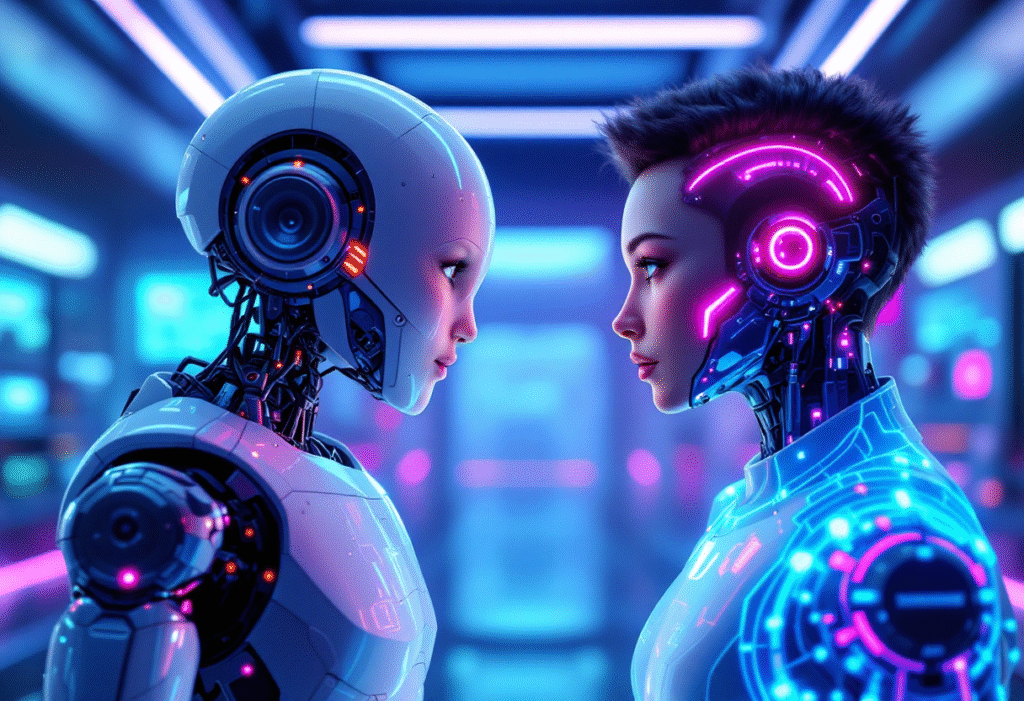
Artificial Intelligence (AI) refers to the simulation of human intelligence in machines. AI systems are programmed to think, reason, and make decisions based on data.
Examples include:
- Virtual assistants (Siri, Alexa)
- Chatbots
- Recommendation engines (Netflix, Amazon)
- Predictive analytics in finance
AI’s main goal is to mimic human reasoning, but it still operates within boundaries created by humans.
What is Synthetic Intelligence?
Synthetic intelligence is more ambitious than AI. Instead of imitating humans, it aims to create new forms of intelligence from scratch.
This includes:
- SyntheticAI systems that evolve on their own.
- Synthetic biological intelligence blending biology and computing.
- Synthetic artificial intelligence capable of innovation beyond human thinking.
Think of it this way: AI asks, “How can we copy human thought?” while synthetic intelligence asks, “What new kinds of thought can exist?”
Key Differences Between AI and Synthetic Intelligence
| Feature | Artificial Intelligence (AI) | Synthetic Intelligence |
|---|---|---|
| Purpose | Mimics human intelligence | Creates new forms of intelligence |
| Limitation | Bound by training data | Can evolve independently |
| Scope | Predictive, rule-based, data-driven | Adaptive, biological, computational |
| Examples | Chatbots, voice assistants | Bio-hybrid robots, evolving algorithms |
| Keywords | AI, Machine Learning | syntheticAI, synthetic artificial intelligence |
Why Synthetic Intelligence is More Advanced
- Beyond Human Copying
- AI imitates human thought.
- Synthetic intelligence creates unique reasoning processes.
- Integration with Biology
- Traditional AI runs on silicon chips.
- Synthetic biological intelligence integrates living cells and DNA.
- Evolving Intelligence
- AI requires retraining with new data.
- SyntheticAI adapts and evolves like an organism.
Real-World Examples
- Artificial Intelligence (AI):
- Netflix recommends a movie.
- A chatbot answers customer queries.
- Synthetic Intelligence:
- Engineered cells that learn to detect diseases.
- Robots that develop problem-solving strategies without human input.
| Example | AI | Synthetic Intelligence |
|---|---|---|
| Healthcare | Predicting illness | Designing drugs through synthetic biological intelligence |
| Robotics | Pre-programmed movement | Adaptive, self-learning robots |
| Finance | Detecting fraud | Independent syntheticAI trading models |
Applications of Synthetic Intelligence
- Medicine – Personalized therapies and living computational cells.
- Biotech – DNA computing and biological AI.
- Finance – Self-evolving fraud detection.
- Education – Systems that adapt to student biology and psychology.
- Cybersecurity – Evolving defenses against cyber threats.
The Future: Will Synthetic Intelligence Replace AI?
Not entirely. AI will continue to be useful for everyday applications like customer service and automation. But synthetic intelligence represents a leap forward.
Where AI improves convenience, synthetic artificial intelligence will transform how industries function, from healthcare breakthroughs to environmental solutions.
Conclusion
The debate of synthetic intelligence vs artificial intelligence shows one clear fact: AI is powerful, but syntheticAI goes further. By creating entirely new forms of intelligence—digital, biological, and hybrid—it opens doors to a future beyond imagination.
If you want to explore this revolution in depth, visit synthetic intelligence.
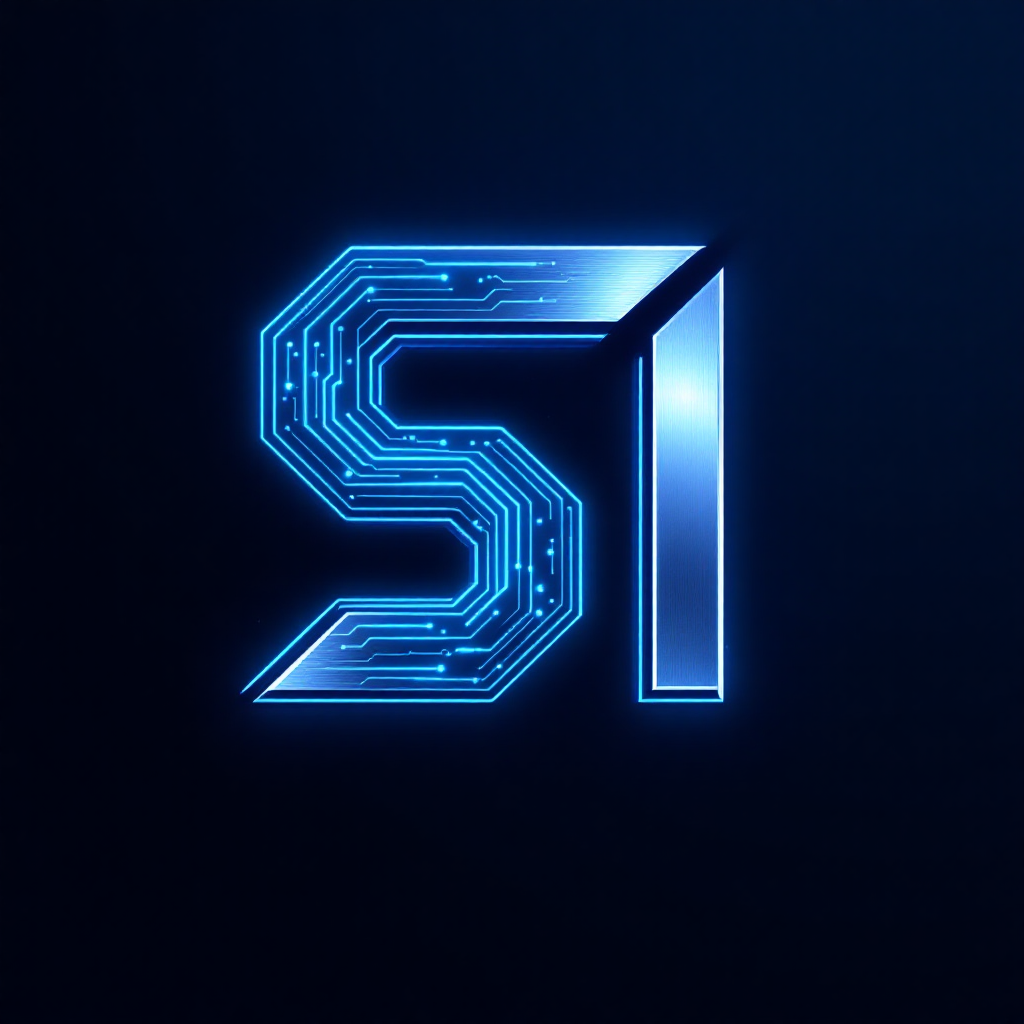





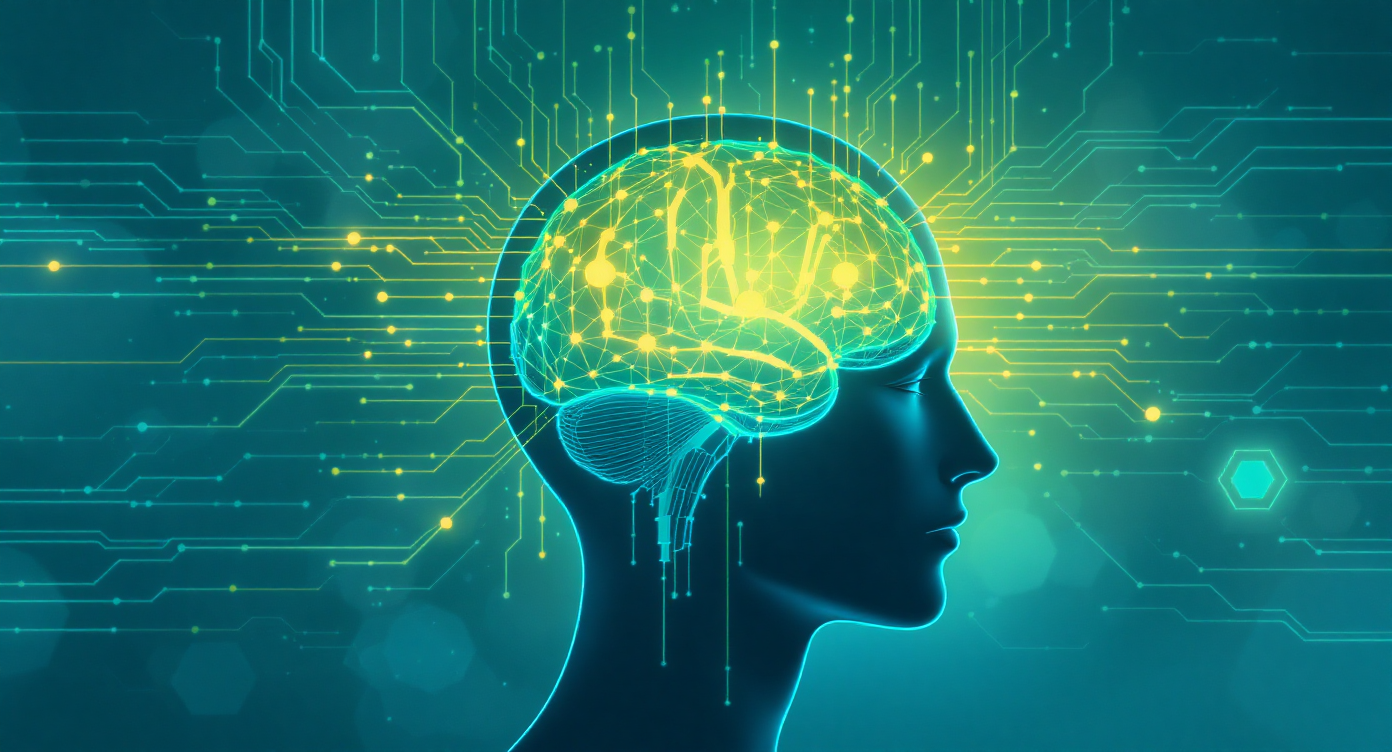
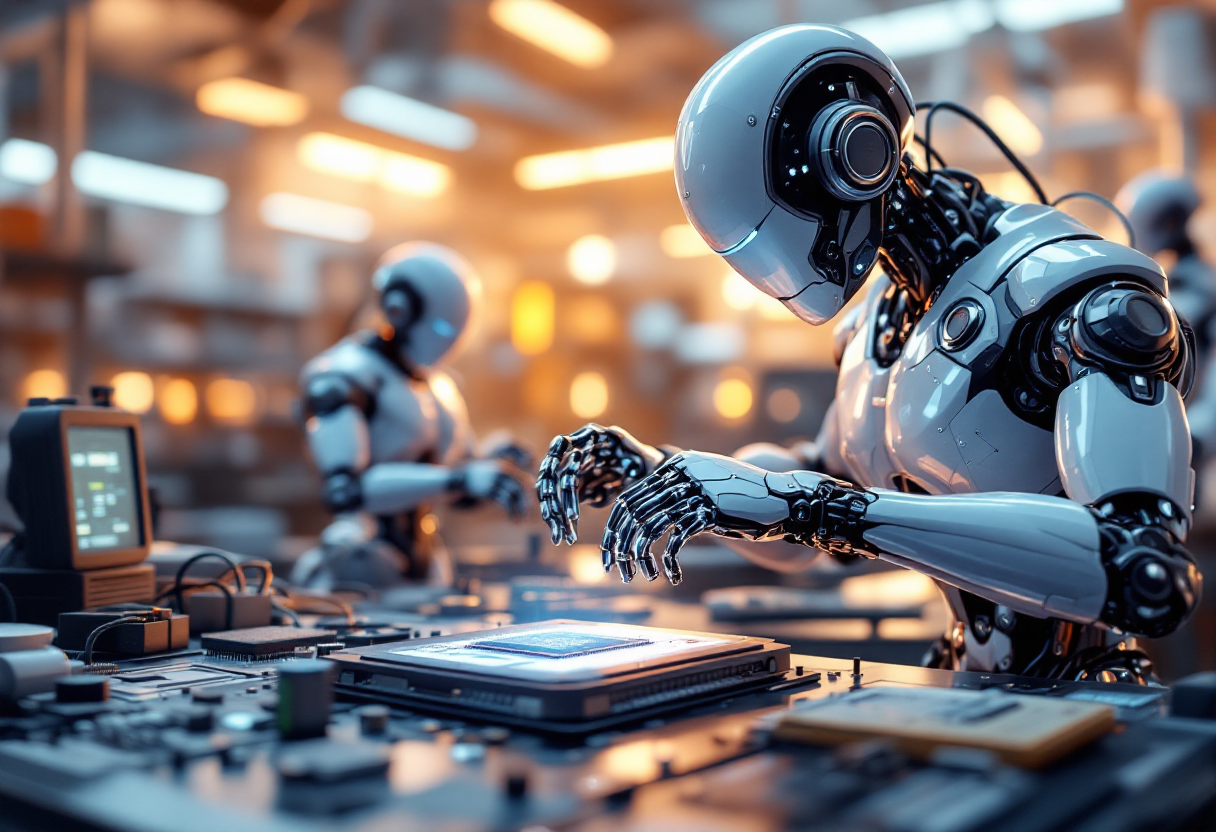
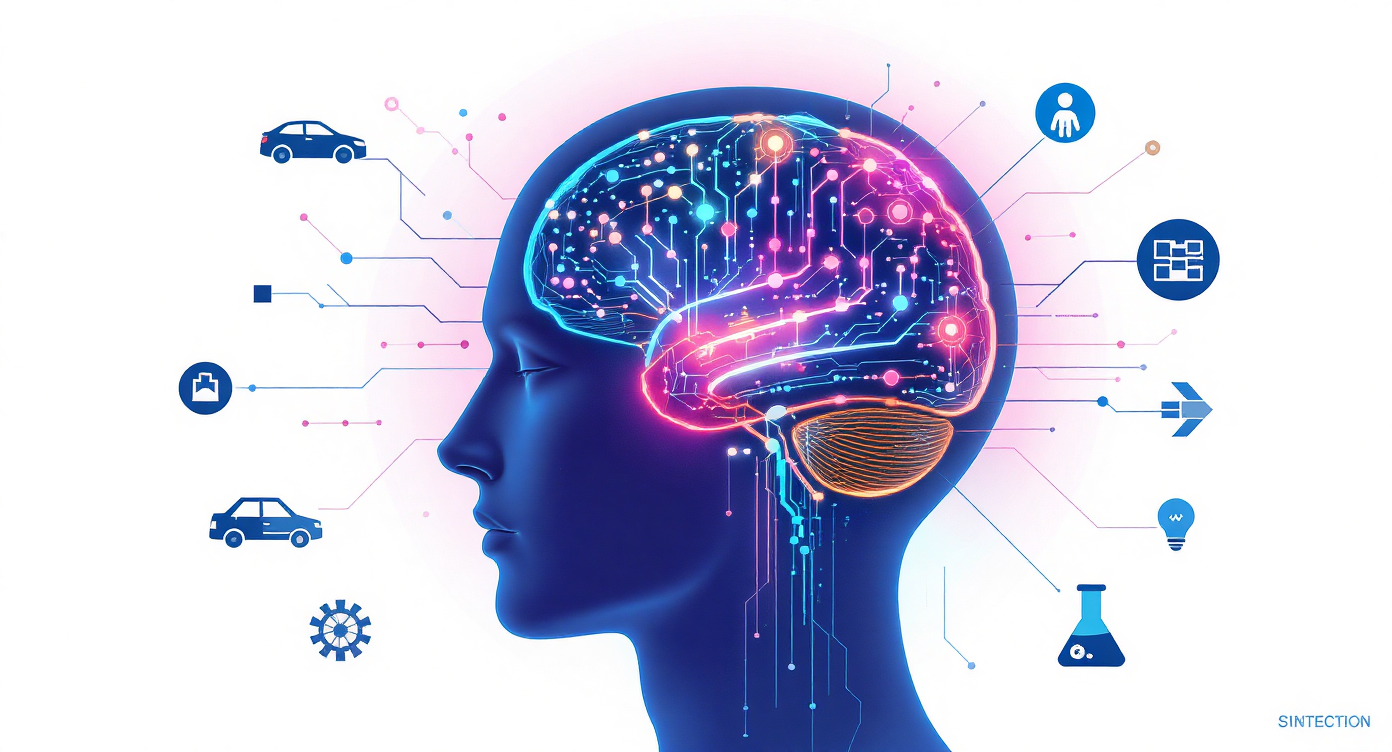
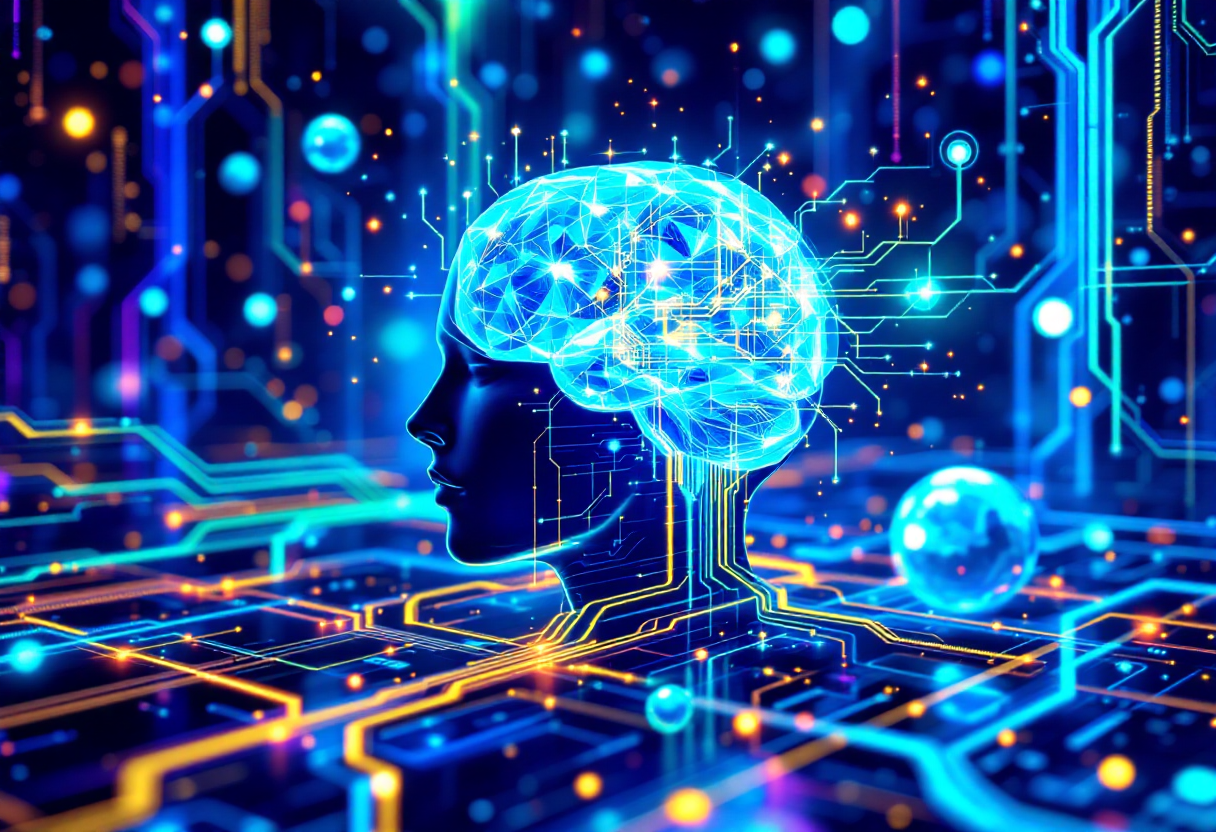
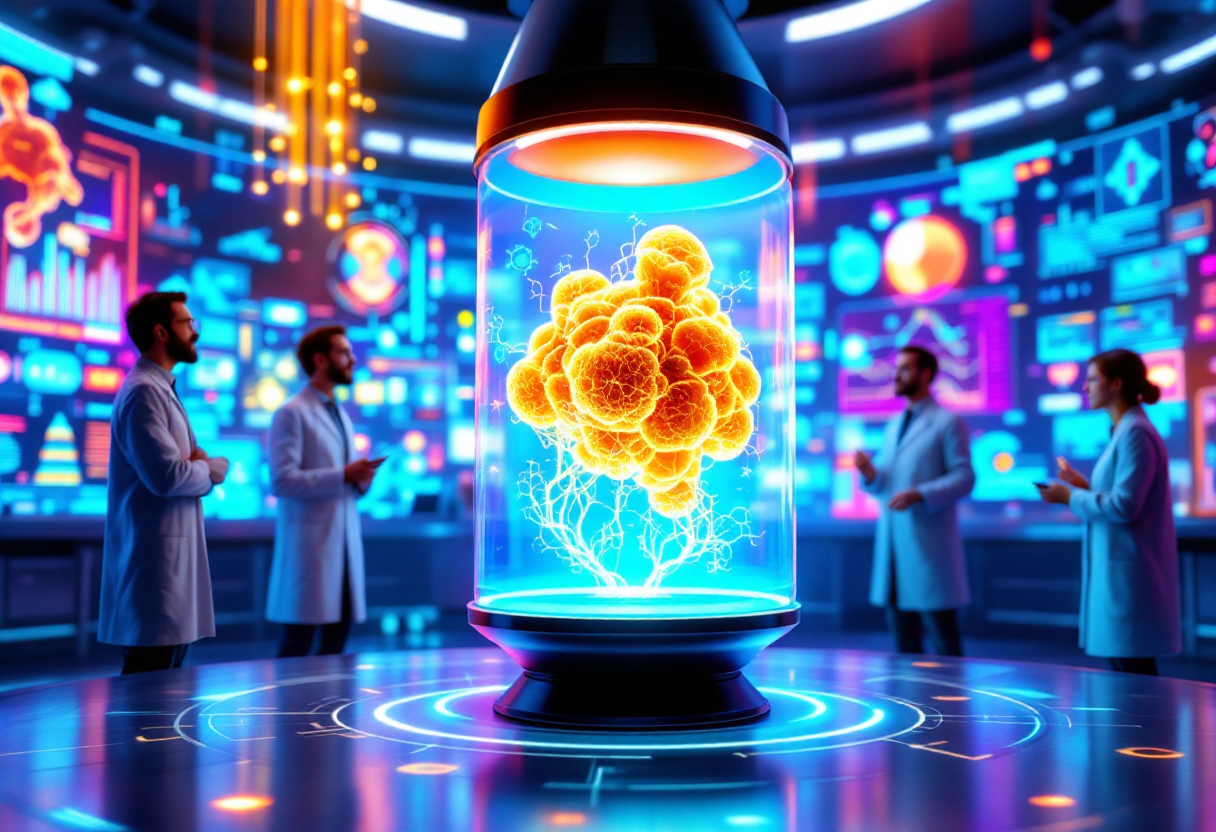
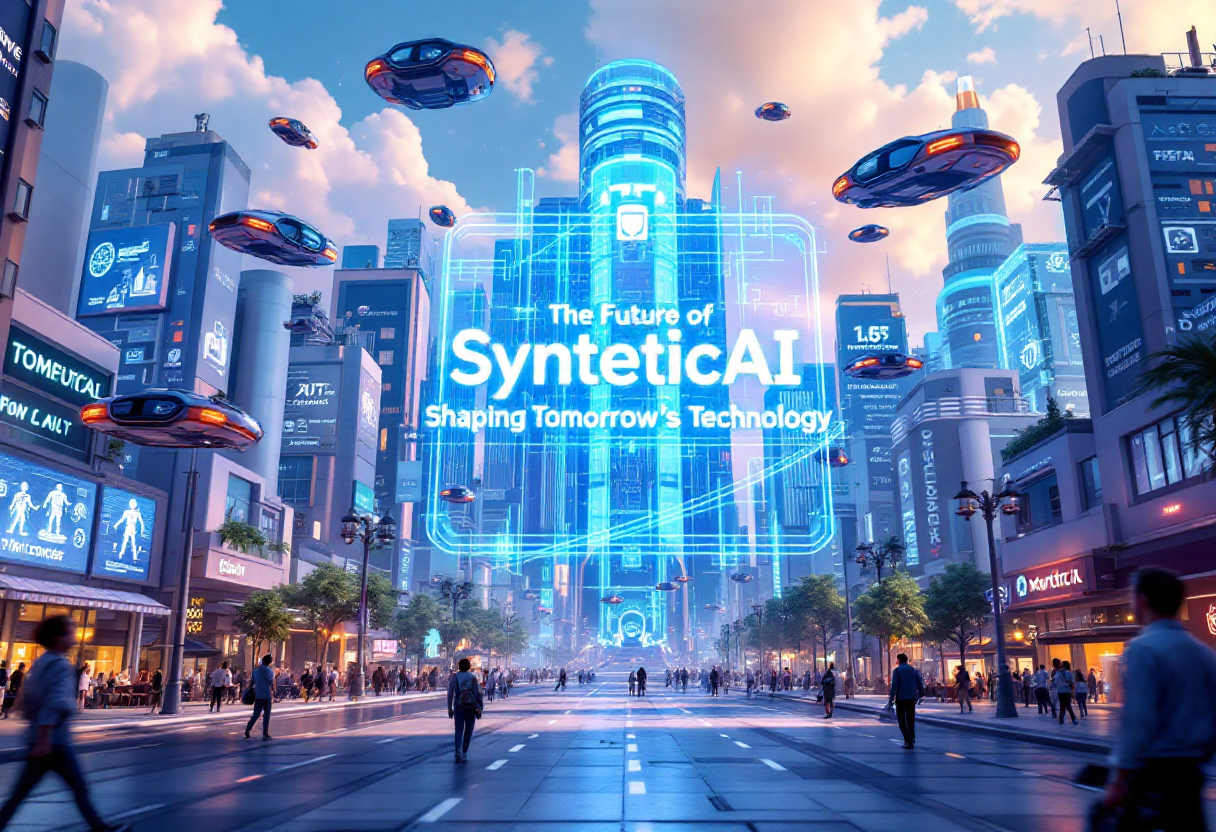
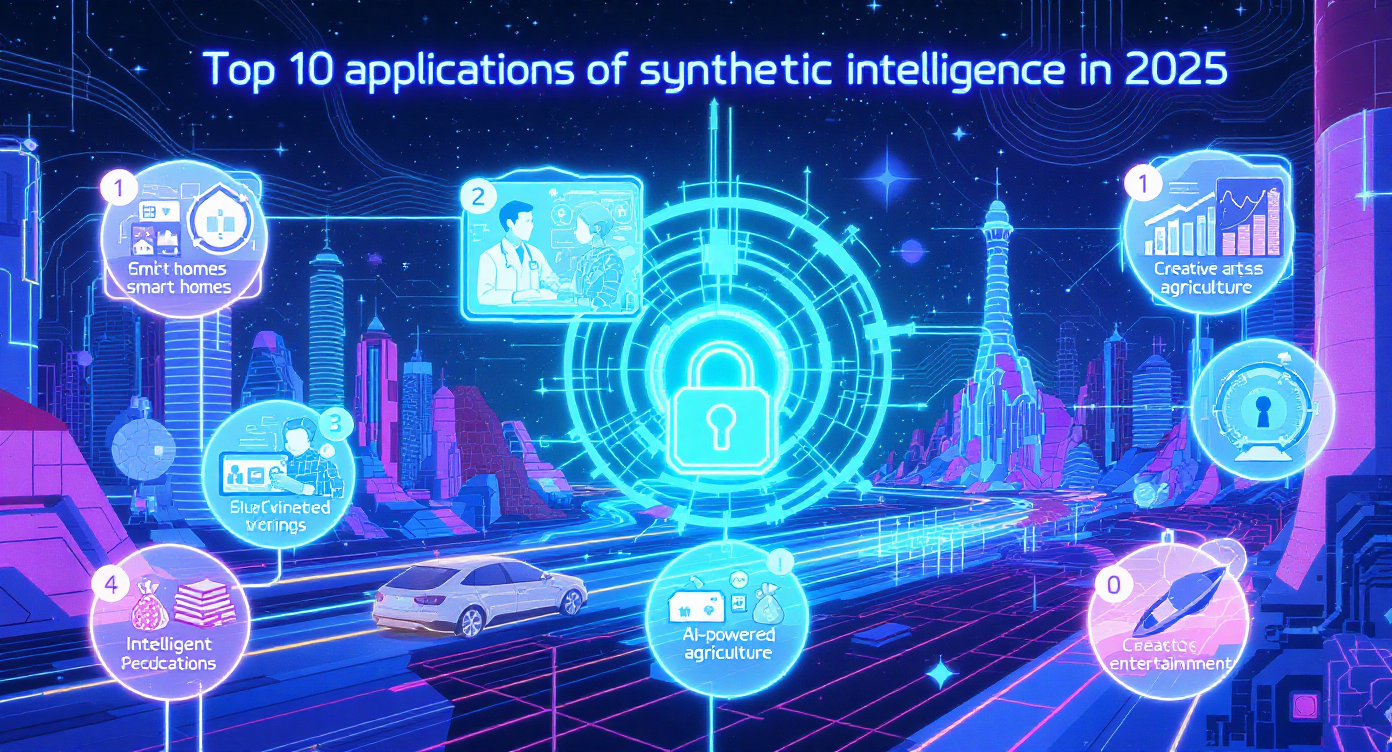
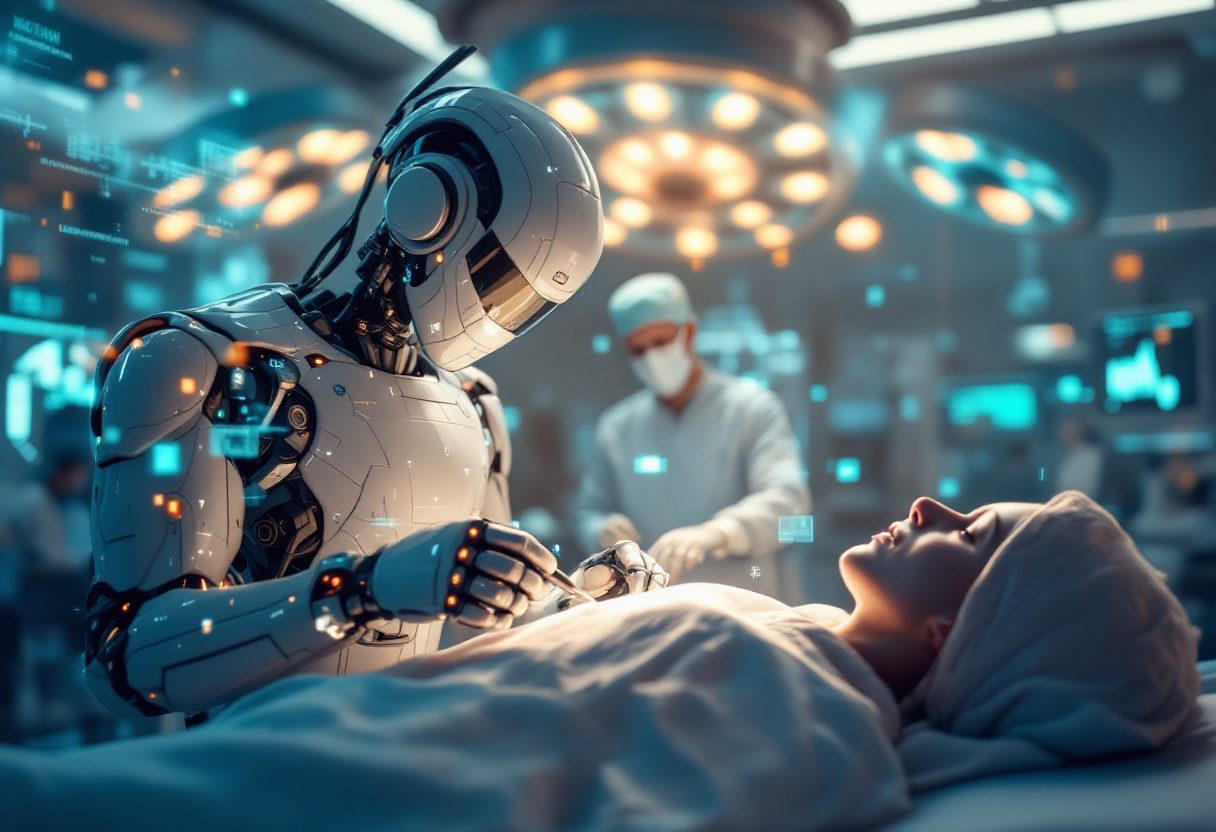
Leave a Reply